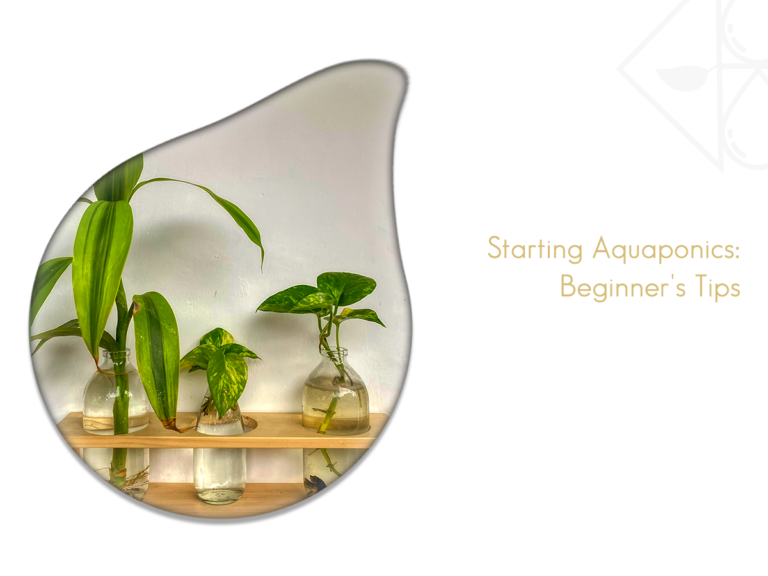Worried about climate change? Discover forgotten sustainable agricultural solutions to combat climate change and reduce our carbon footprint.
It’s a well known fact: global warming is melting the polar ice caps and acidifying our oceans. However, it’s less widely known that the majority of greenhouse gas emissions come from agriculture. Luckily, there are alternatives to industrial farming practices that can help us avoid climate catastrophe and benefit the environment at the same time.
Learn about climate-smart farming by starting with what it is and why it’s important.
Climate-smart farming is a way of producing more food and fiber with less water and fewer chemicals, while also reducing greenhouse gas emissions.
It’s an approach every farmer can use to help protect our planet.
Climate-smart farming is a new approach to agriculture that helps farmers increase their food production, adapt to climate change and reduce their greenhouse gas emissions.
Climate-smart agriculture (CSA) is an approach that helps to guide actions needed to transform and reorient agricultural systems to effectively support development and ensure food security in a changing climate. CSA aims to tackle three main objectives: sustainably increasing agricultural productivity and incomes; adapting and building resilience to climate change; and reducing and/or removing greenhouse gases, where possible.
Climate-smart farming is about:
Improving your soil. Healthy soil holds nutrients better and absorbs water, which helps plants grow well and resist drought.
Reducing chemical use. By using less fertilizer and pesticides, you save money, protect the environment, and help the health of your farm workers.
Conserving natural resources like water. Water conservation keeps your crops healthy and reduces the amount of fertilizer that flows into streams and lakes.
Reducing greenhouse gases (GHGs). Greenhouse gases are produced when we burn fossil fuels or when animals digest their food. Certain farming practices release less carbon dioxide and methane than others, so it’s important to choose practices that reduce GHG emissions.
There are many ways that humanity is impacting the environment, but few of them stand to have as direct and immediate an impact on our food supply as climate change.
There’s no doubt that all of us need to work together in order to reduce our impact on the planet, but one of the most effective ways to do so is for farmers themselves to switch over to climate-smart farming techniques. And hydroponic systems, which require neither soil nor pesticides, offer a particularly attractive way for farmers to go green.
Climate-smart farming is about finding ways for agriculture to mitigate and adapt to the effects of climate change while ensuring food security in the face of unpredictable weather events. Hydroponic systems remove virtually all risk from catastrophic weather events by enabling crops to be grown indoors or at least in covered structures.
Hydroponic systems also provide a way for farmers to grow crops in regions where soil quality is poor or non-existent, such as deserts or rockier areas. The systems can grow many crops with around 90% less water usage than traditional soil-based agriculture, making them suitable for use even in drought-stricken regions.
Discover the many ways that farmers can be climate smart.
If you’re a farmer, chances are you’ve encountered the term “climate smart”. According to the Food and Agriculture Organization of the United Nations (FAO), climate-smart agriculture (CSA) is an integrated approach that helps to achieve sustainable food security and widen livelihood opportunities under a changing climate and an increasingly variable and unpredictable natural resource base.
Climate smart agriculture is a holistic method of farming that is intended to address many challenges faced by farmers today. From environmental concerns to economic problems, CSA offers solutions in the form of agroecology, agroforestry, aquaculture, conservation agriculture and integrated crop management.
In the wake of climate change, new technologies are emerging to help farmers adapt. Hydroponics is one such technology that may be valuable for farmers dealing with issues caused by climate change.
Hydroponic farming is conducted in water containing dissolved nutrients, instead of soil. Plants are rooted in a growing medium, such as gravel or sand, instead of soil. In this way, hydroponic systems can be used almost anywhere; in a greenhouse, outdoors or even indoors. It’s an especially good option for urban farming and rooftop gardens, where there isn’t much space.
Find out how to be climate smart as a consumer.
There are plenty of ways to be a smart consumer and help protect the environment.
Here are some easy steps you can take:
Buy local. If you buy locally produced products, they won’t have had to travel such a long way.
Shop in season. Buying fruit and vegetables that are in season will help reduce waste and costs by avoiding food that has been imported or grown in an energy-intensive greenhouse.
Use less packaging. Avoid products with lots of packaging, as these use up more resources and pollute the planet. It’s also a good idea to recycle as much packaging as possible.
Choose recycled products. When possible, buy items made from recycled materials, such as paper and plastic bags, toilet rolls or greeting cards. This reduces the amount of new material that needs to be produced and consumed, saving energy and reducing pollution.
Conclusion
There are simple steps every one of us can take to help reverse global warming by being smarter about how we produce and consume food.
The news about global warming is distressing, but it doesn’t have to be. Every one of us has the opportunity to make a difference, and every one of us can do just that by making a few changes in our lives. In this case, plants can make the difference, but they need our help. Let’s make sure they have it.




